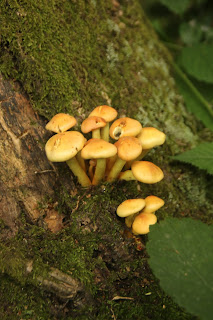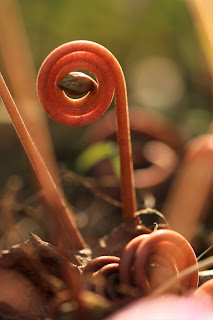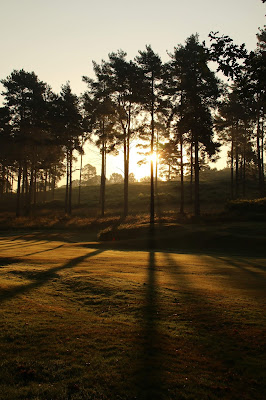Rather a showery morning but the sky was beautiful looking this way (I ignored the grey sky behind me and didn't get too wet.) Being early, I found that this flock of Jackdaws had spent the night in the Ash tree: this tree is often used by flocks of starlings so it will be interesting to see whether they interact.
Truthfully, it was a bit wet on my walks today so I didn't take my camera. Big mistake: this gorgeous Roe deer stood staring at us (until it was scared off when another dog came up behind us.) These are the moments that you can't plan but that make a walk special.























































